FACTORS AFFECTING EYE COLOR
Genes play a major role in determining eye colour. The inheritance is polygenetic, which means that numerous genes interact to determine how much melanin, in what proportions, and density of proteins your iris will contain.
MELANIN
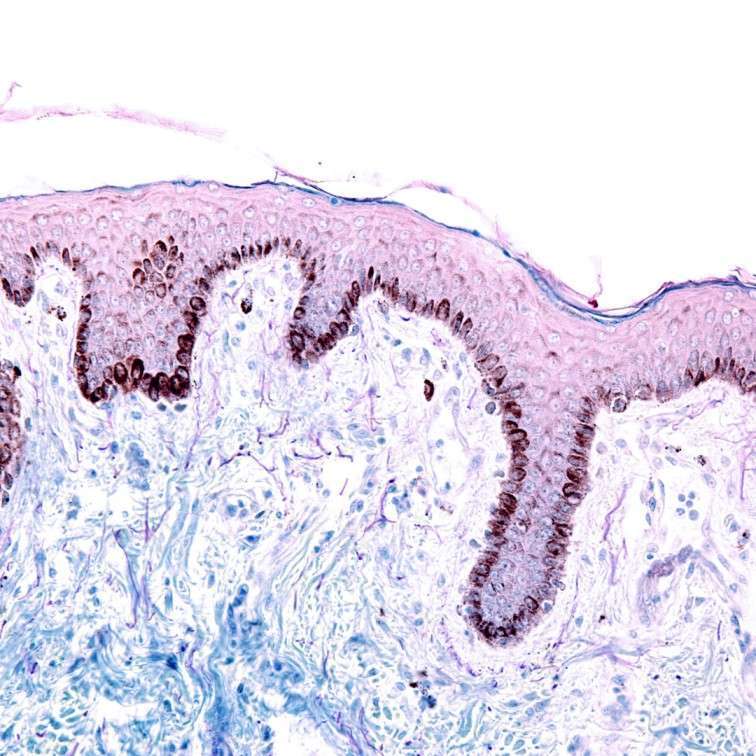
The iris is the part of the eye that determines its colour. Melanin is the pigment responsible for the colour of the iris. Similar to how more melanin gives skin a darker colour, more melanin in the iris produces a darker shade.
The following factors determine the colour of the eyes:
1. AMOUNT OF MELANIN:
The eyes contain two types of melanin:
- Eumelanin that creates black and brown colours.
- Pheomelanin that creates red and yellow colours.
The genetics decide the ratio between these two pigments that will determine the iris color. Consequently, parents with dark brown eyes can have children with eyes of a completely different hue.
Babies typically have less melanin at birth, so their eyes may initially appear blue or grey. Over time, though, their true colour will emerge.
2. LIGHT SCATTERING
The other mechanism of the different iris colour is the way light is scattered by the eye.
The scattering of light by the eye is explained by the Tyndall effect observed in the iris stroma. Visible light is made up of different colors with varying wavelengths.
Individuals with dark eyes typically have eumelanin-rich pigments, which absorbs both long and short wavelength light and give the eye a dark appearance.

In contrast, in people with less melanin pigment, only the longer wavelength light is absorbed and the shorter wavelength blue light gets scattered by the stromal particles of the iris, giving the eyes a blue tint.
People with green or olive green eyes typically have pheomelanin in their eyes, which is the red or yellow pigment. The shorter wavelength or blue light that is scattered in the eyes is absorbed by these pigments, giving the eyes the colour green.
Additionally, if individuals with high pheomelanin levels also have a high amount of the yellow pigment called Lipochrome, then we have amber or golden appearance of eyes.
If individuals with less pigments also have large collagen deposition in stroma, these cause scattering of light and that gives the color gray and not blue. This type of light scattering is not dependent on wavelength (tyndall scattering) and is called the Mie scattering.
EYE CONDITIONS AFFECTING LIGHT-EYED PEOPLE
Role of melanin:
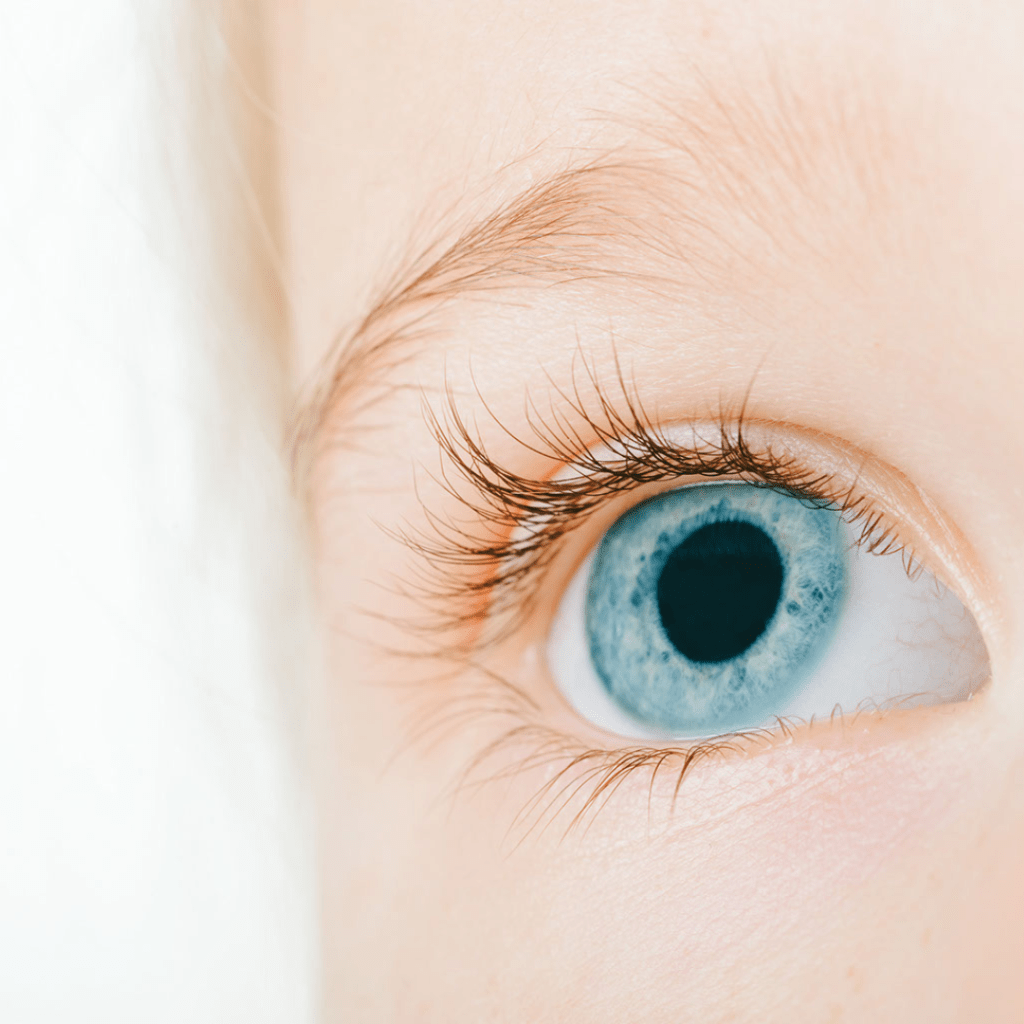
The body tans when exposed to the sun. This is due to the melanin’s protective mechanism, which rises to the surface to absorb the sun’s harmful rays so that they don’t penetrate deeply and harm the body. As a result, people with light skin or less melanin are more likely to develop skin cancer.
The eyes also benefit from this pigment’s protective qualities. Individuals with darker iris have more melanin and are protected from harmful sun radiation, and oxidative damage, which subsequently lowers the risk of getting AMD.
Uveal melanoma and pheomelanin:
Additionally, a study revealed that the frequency of a type of eye cancer called Uveal Melanoma (UM), is higher in light-eyed people than in dark-eyed people.
The cornea, lens, and vitreous absorb the majority of the UV waves, preventing them from reaching the region of the eye where most UM occurs.
However, other wavelengths in the visible light can cause the production of toxic free radicles, particularly when pheomelanin is present.
People with light eyes have melanocytes that contain less eumelanin and more pheomelanin increasing their risk of getting UM.
DARK-COLORED EYES AND CATARACT

A baseline cross-sectional analysis of the Blue Mountain Eye study’s white participants over the age of 49 revealed that eyes with dark brown irises were more likely to have nuclear or posterior subcapsular cataracts than those with lighter-colored irises.
A recognized factor in cataract development in people is the absorption of blue and UV light by the eye’s lens. Those with more melanin absorb more light, causing cataracts.
WHAT IS THE MOST COMMON AND THE RAREST EYE COLOUR?
Types of eye color and their occurance:
- Brown is the most commonly seen in about 79% of the world’s population
- Blue in 8 -10 %
- Hazel in 5 %
- Amber in <5%
- Green in 2 %
- Gray: very rare in 1 %
Rarer than gray eyes are red/violet eyes seen in Albinism patients and a condition called heterochromia which means different eye colours or different colours in the same eye
OCULAR ALBINISM:
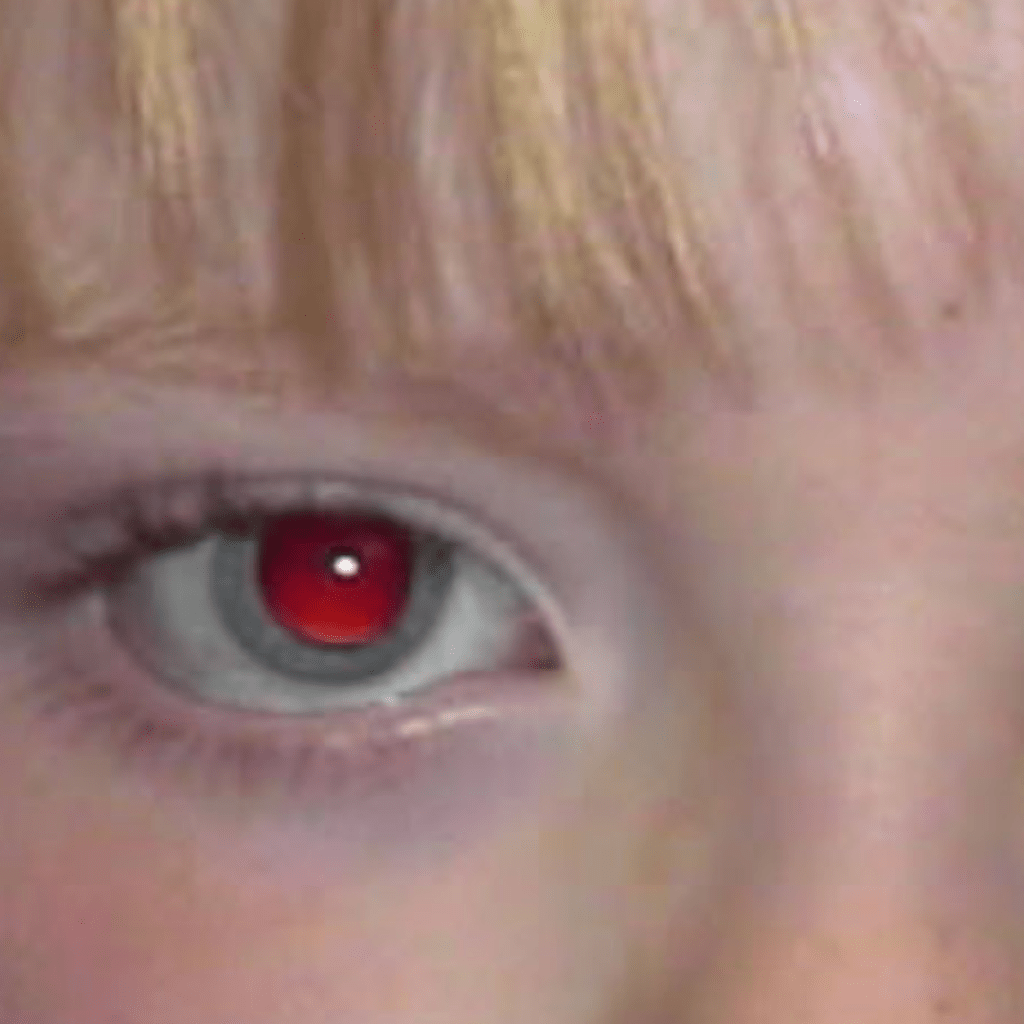
A genetic condition that primarily affects the eyes is called ocular albinism. Reduced melanin in the iris and retina is the main feature of this condition. Eye color is typically blue in those with ocular albinism.
However, sometimes lighting conditions can make it possible to see the blood vessels at the back of the eye, which can make the eyes appear reddish or violet.
HETEROCHROMIA
Heterochromia of the eyes also called heterochromia iridum or heterochromia iridis can be complete, partial or central.
Complete: In complete heterochromia, each iris has a distinct color.
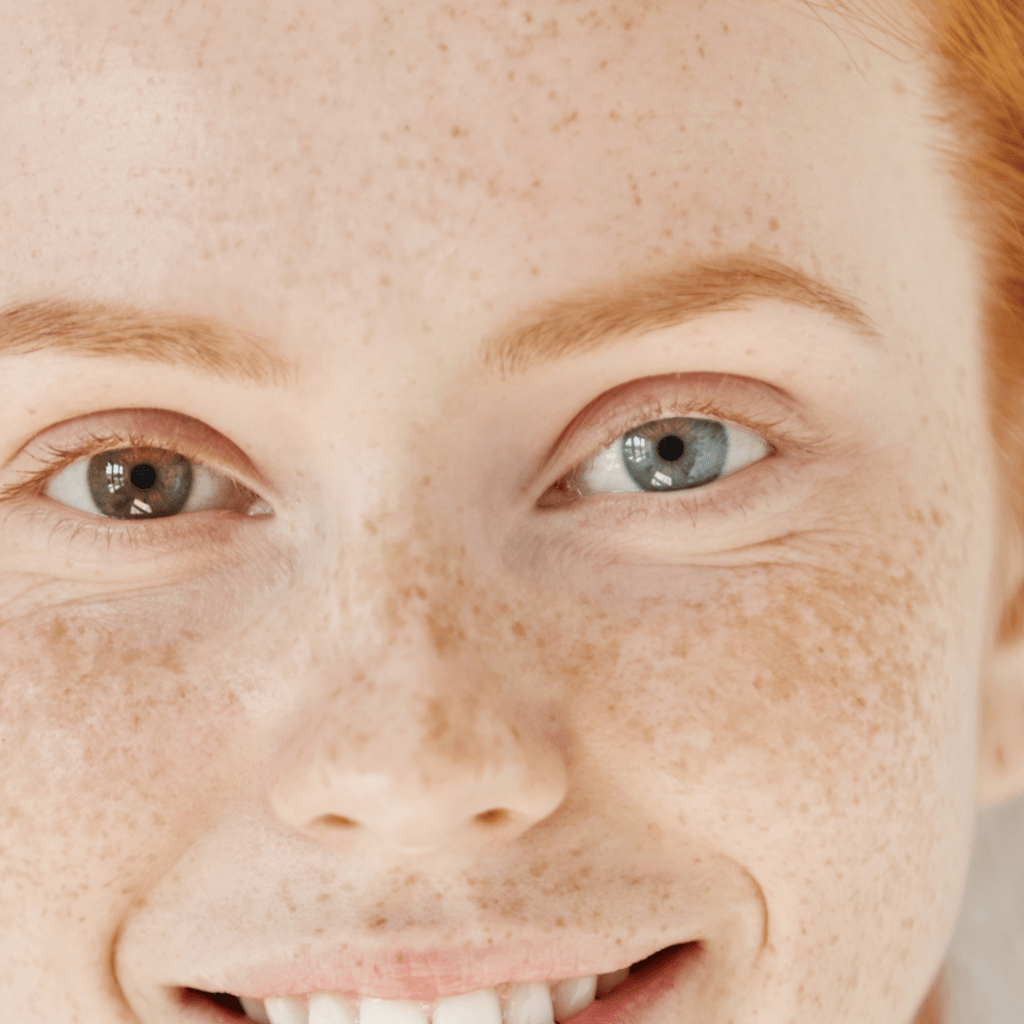
Partial: Partial heterochromia is a condition in which a portion of one iris is a different colour from the rest.
Central: There may be spikes of various colors radiating from the pupil in central heterochromia or a ring surrounding the pupil.
Causes can be congenital or acquired:
Congenital Causes of Heterochromia
- Congenital Horner syndrome: with other presentations of miosis, partial ptosis, and/or impaired facial sweating (anhydrosis)
- Waardenburg syndrome
- Sturge-Weber syndrome
- Neurofibromatosis I
- Oculodermal melanocytosis
- Iridocorneal endothelial (ICE) syndromes
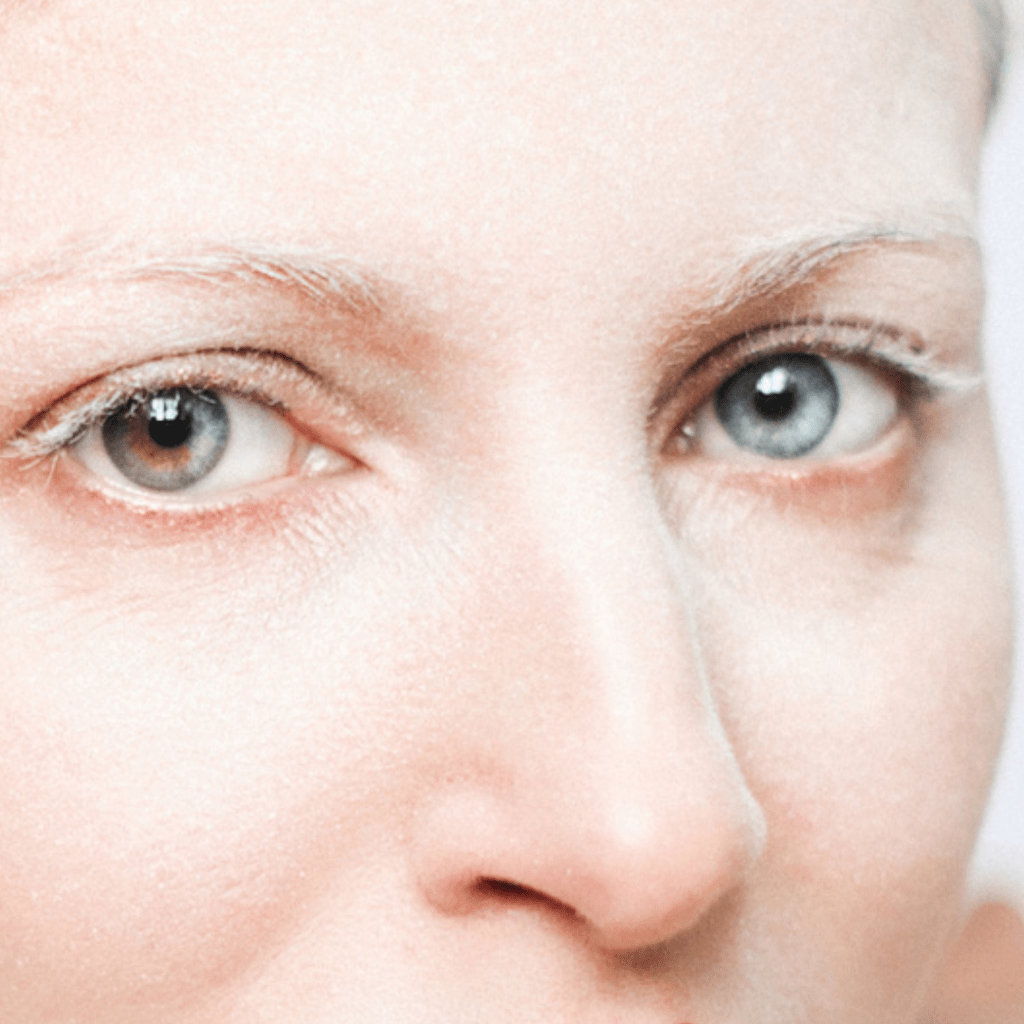
Acquired Causes of Heterochromia
- Acquired Horner syndrome
- Other causes of sympathetic heterochromia such as neuroblastoma or paravertebral neurilemmoma
- Ocular trauma
- Fuchs heterochromic iridocyclitis
- Foreign body including use of colored contact lens
- Iron deposition: siderosis and hemosiderosis
- Melanocyte infiltration as in diffuse nevus or melanoma
- Local iris tumors
- Certain eyedrops such as prostaglandin analog
ARE YOUR BABY’S EYES CHANGING COLOR?
The colour of a baby’s eyes could change. Typically, brown eyes do not change colour in children as they age, but blue or grey eyes can darken and turn brown as a result of melanin production in the eye.
The American Academy of Ophthalmology (AAO) reports that a baby’s eye colour at nine months old will typically last a lifetime, though the precise age at which the baby’s eye colour will become permanent is unknown.
For some people, it can take up to 3 years for their eye colour to become permanent.
HOW CAN ONE CHANGE THEIR EYES’ COLOUR?
1. Prostaglandin Analogs:
As a side effect of taking PG analogs for glaucoma, patients may experience darkening of the eyes. Light brown changes to dark brown. According to a study, the increase in melanin content may be due to the activation of melanogenesis caused by latanoprost in some superficial melanocytes.
2. Colored contact lenses:
Changing the color of the eyes with colored contact lenses is simple and reversible, but handling the lenses requires extreme caution.
3. Photoablative cosmetic Iridoplasty (PCI)
This minimally invasive procedure uses a laser to damage anterior melanin pigments over several sessions. The sessions typically last no longer than five minutes.
During the course of the treatment, there are two or three phases, each consisting of four or five daily sessions repeated every 4-6 months.
Study done on PCI procedure proves successful depigmentation of the iris’ superficial melanin with high selectivity, high predictability, and patient satisfaction over the course of the study’s uninterrupted 9-year follow-up period.
There were no notable long-term complications.
QUICK SUMMARY:
The amount of melanin present in the iris largely determines the colour of the eyes. Lighter colours result from lower pigment levels. Uveal melanoma, an eye cancer, is more common in people with lighter-colored eyes, while cataracts are more common in people with darker eyes.
